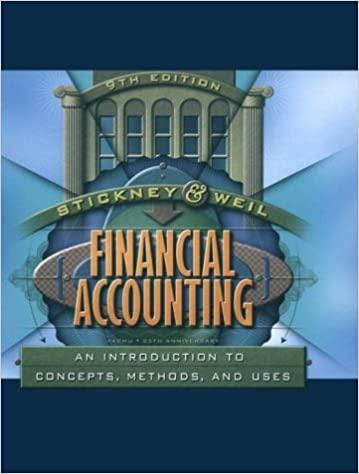Using contra and adjunct accounts for securities available for sale. Exhibit 11.18 illustrates the effects on the
Question:
Using contra and adjunct accounts for securities available for sale. Exhibit 11.18 illustrates the effects on the T-accounts of transactions in marketable securities, accounted for first as trading securities and then as securities available for sale. The illustration covers two years. In illustrating the T-accounts for Securities Available for Sale, we use separate contra/adjunct accounts for both Marketable Securities and Owners' Equity. We designate these accounts as X/A: when the asset account has a debit balance, it is an adjunct: when it has a credit balance it is a contra account.
When the equity account has a debit balance, it is a contra account; when it has a credit balance, it is an adjunct account. An adjunct account accumulated additions to anotiicr account, whereas a contra account accumulated subtractions from another account.
You do not have to use these contra/adjunct accounts in working problems, but some students find it easier to do so.
a. Explain how using the contra/adjunct accounts for Securities Available for Sale can facilitate solving problems involving holding gains and losses.
b. Use the following facts in preparing the journal entries for Year 1 and Year 2, using a contra/adjunct account. In Year 1, the firm purchased a portfolio of marketable securities for $1,000, which it holds as securities available for sale, current assets.
At the end of Year I, the portfolio had a market value of $1,200. During Year 2.
the firm sold some of the securities, for $120, that had originally cost $100 but that had a market value of $105 at the end of Year 1. At the end of Year 2, the remaining securities had a market value of $7.50. Record the journal entries from the end of both Year I and Year 2.
Step by Step Answer:

Financial Accounting An Introduction To Concepts Methods And Uses
ISBN: 9780030259623
9th Edition
Authors: Clyde P. Stickney, Roman L. Weil





